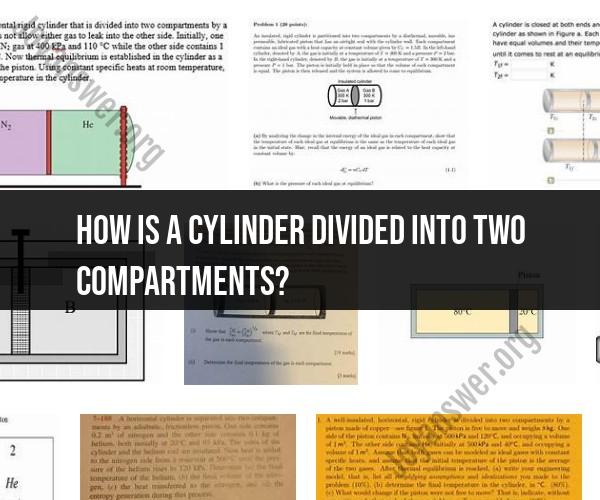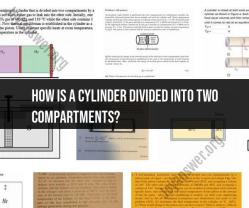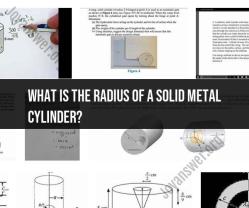How is a cylinder divided into two compartments?
Dividing a cylinder into two compartments is a geometric concept with various methods and practical applications. Whether for storage, transportation, or engineering purposes, understanding how to partition a cylinder can be valuable. Let's explore the methods and applications of dividing a cylinder into two compartments:
Methods of Division
There are several methods for dividing a cylinder into two compartments:
- Vertical Partition: This involves creating a vertical plane that divides the cylinder into two equal or unequal sections. It can be useful for separating different materials or liquids within the cylinder.
- Horizontal Partition: A horizontal plane creates upper and lower compartments. This method is often used in containers to keep items separate or to prevent mixing.
- Diagonal Partition: A diagonal plane creates compartments that may have unique shapes. It can be employed for specialized storage or to optimize space utilization.
- Removable Partition: Using physical dividers or inserts allows for flexible compartmentalization. This is common in containers, toolboxes, and packaging.
Applications
Dividing a cylinder into compartments has numerous practical applications:
- Storage Containers: Divided cylinders are used to store different items separately, such as liquids, powders, or small objects. This prevents mixing and allows for organized storage.
- Transportation: In industrial and logistic settings, cylinders with compartments can transport hazardous or incompatible substances safely.
- Chemical Engineering: Divided cylinders can facilitate controlled reactions by keeping reactants separate until needed.
- Food and Beverage Industry: Cylindrical containers with compartments are used to store and transport liquids and ingredients without cross-contamination.
- Medical Applications: Divided cylinders can be used in medical devices to store and deliver medications, samples, or fluids.
- Automotive Engineering: Divided cylinders can be found in various vehicle systems, such as brake master cylinders and hydraulic systems.
- Scientific Research: Laboratories use divided cylinders for controlled experiments, testing, and sample storage.
Conclusion
Dividing a cylinder into two compartments involves various methods and has a wide range of practical applications across industries. Whether for storage, transportation, or specialized engineering needs, the ability to partition a cylinder provides versatility and efficiency in various contexts.




